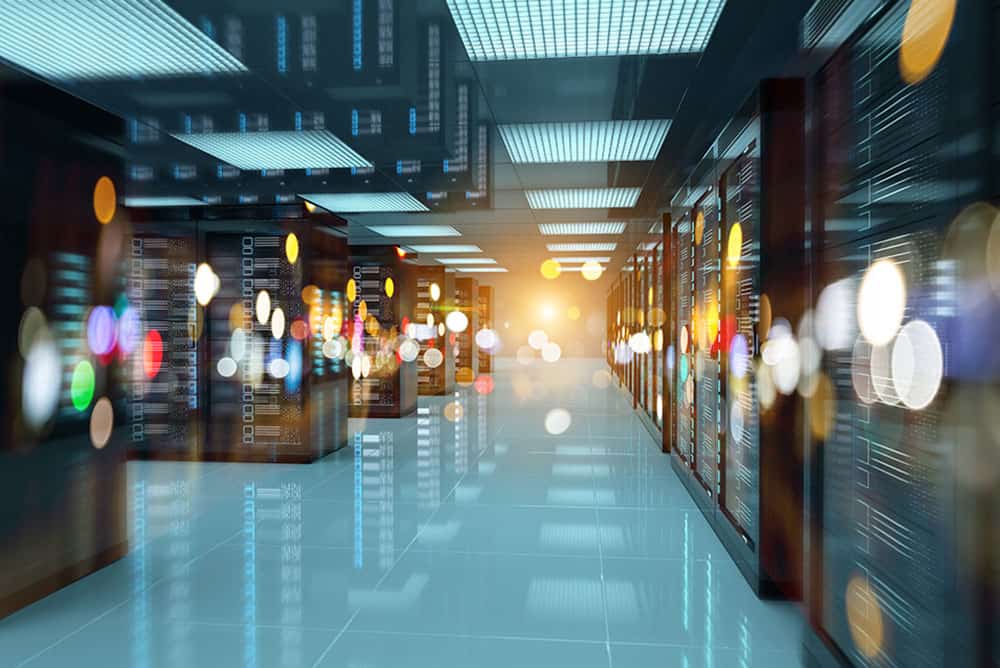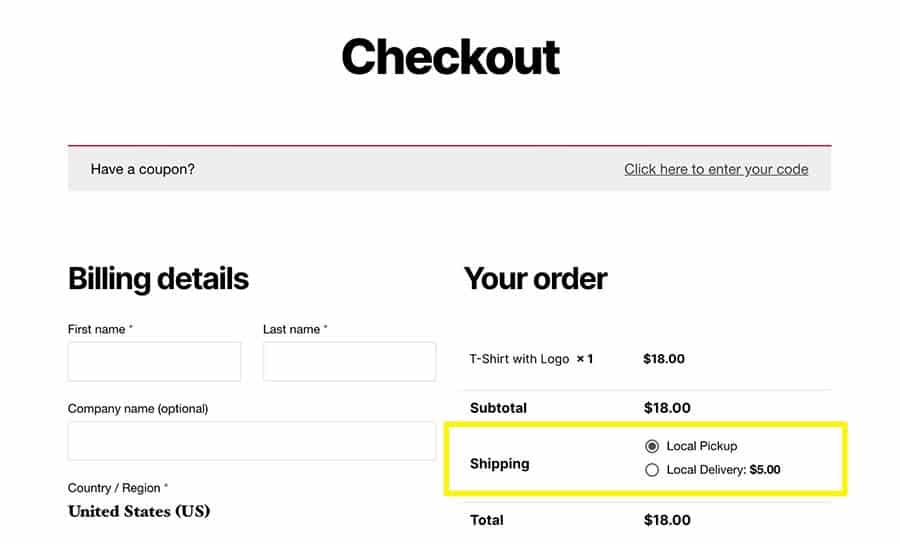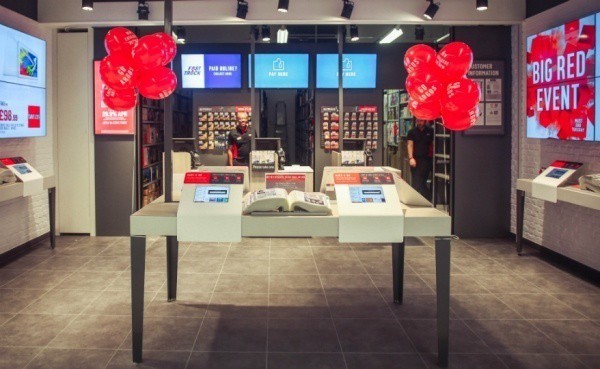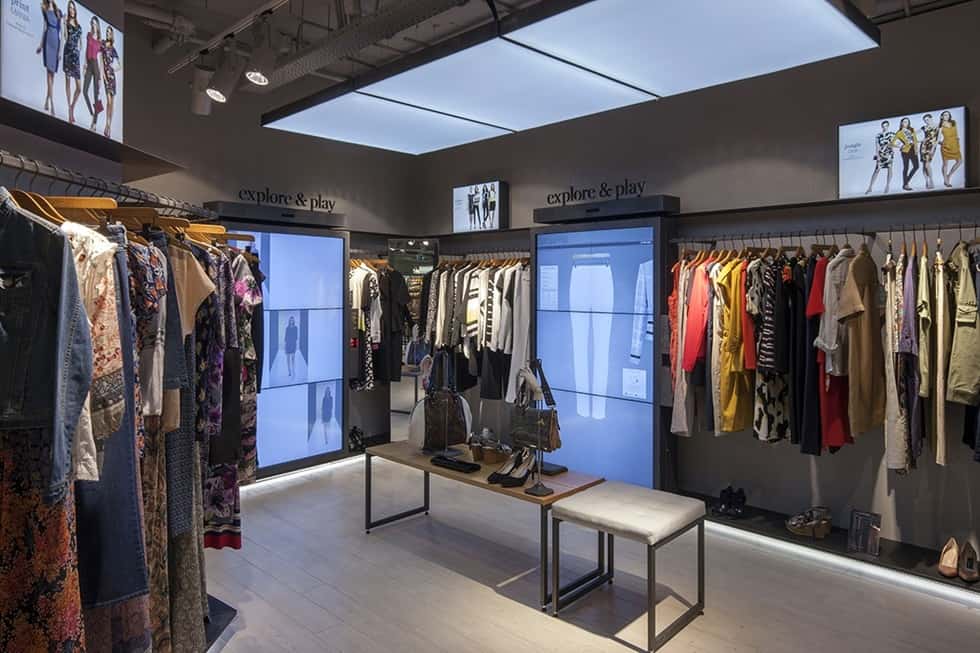Although eCommerce is still strong, accounting for 21% of all retail sales in 2022, today’s shopper seeks an omnichannel experience. Many customers love the convenience of online shopping but also want the perks of an in-person experience, such as trying on the merchandise and seeing it in real life. To meet this need many brands are experimenting with phygital retail, a method of combining elements of the digital and in-person shopping experience, personalized to each customer. Retailers that once operated purely in the digital space now have physical stores in which customers can look, touch, and feel the product.
Even if they are interested in taking their shopping experience offline, 82% of customers research products and brands online before purchasing. Now, it’s more important than ever for brands operating an omnichannel retail experience to create a seamless user experience for online and offline shopping. This article will provide a complete guide to phygital retail, including what it means, its importance for any retail company, and some stellar examples of implementation by renowned brands.
Table of Contents
- > Quick read FAQ to get a grasp of phygital retail
- > The key benefits of phygital marketing for a retailer
- > Creating a superb customer experience in phygital retail
- > 11 phygital retail strategies that will help you deliver an intact omnichannel experience
- > Remarkable examples of phygital retail
- > Reinvent your business with phygital retail best practices
Quick read FAQ to get a grasp of phygital retail

At first glance, the meaning of phygital retail is not readily apparent, so here is a breakdown that will shed some light on this new trend.
What is phygital retail, and what is its meaning?
Phygital retail involves using technology powered by artificial intelligence and machine learning to improve the omnichannel shopping experience. A phygital retailer implements a hybrid retail strategy that uses physical aspects of the shopping experience to build trust with and engage customers as well as digital aspects and data to personalize shopping and make it more convenient.
Why is phygital retail important for retail businesses?
Although consumers still widely prefer to shop in person, they are likely doing most of their product research online. They interact with a brand in multiple ways and expect each interaction to be similar. Brands that offer a phygital technology allow customers to interact with their brand and customize their shopping experience as they see fit.
What are the key components of phygital retail?
Integrating physical and digital shopping features is the primary purpose of phygital retail. A phygital experience needs to be immersive and personalized, with the right customer seeing the right messages for their needs. It must also offer ways for customers to engage with products by trying them on or testing them out. A brand can offer this potential by using virtual reality, augmented reality, and artificial intelligence.
What is retail transformation, and how is it linked to phygital retail?
Customers in the retail space are asking for more technology. A recent survey showed that many customers want self-service options, chat, and smarter service. To meet these needs, more retailers are boosting their technological capabilities both in-store and online. As retailers make these shifts, they can consider adding a phygital element to the omnichannel experience.
So, could retail stores vanish in the coming years?
When walking through a city or mixed-use development, physical retail stores might be a dying breed. Will retail stores disappear? That is not likely because eCommerce still can’t replicate the human connection that comes with a physical store. Most customers prefer to experience products in person, so it is fair to say that phygital retail will not replace the in-person shopping experience. It will just enhance it.
The key benefits of phygital marketing for a retailer

Phygital not only applies to the shopping experience; it also applies to marketing. A phygital strategy lets you leverage a mix of online and offline marketing tactics.
Key benefit #1: Flawless unified CX
Consistency is the key to customer experience. Phygital reality lets you offer the same experience to customers whether they are shopping online or in person. They always know what to expect from your brand.
Key benefit #2: Boosted customer engagement
A combination of online and digital marketing to personalize offerings helps boost engagement. You can use analytics and customer data to improve the interactions between customers and your brand.
Key benefit #3: Improved customer loyalty
Digitizing the in-person retail experience creates brand loyalty by allowing you to personalize shopping. Since customers can choose how they engage with your brand and shop how it works best for them, they are more likely to be loyal to your brand.
Key benefit #4: Improved analytics
With customer concerns about privacy and changing how you collect data, it gets more difficult to target customers online. Phygital retail strategies make it easier to collect behavioral data based on in-store interactions with technology. You can create better sales and promotion strategies.
Creating a superb customer experience in phygital retail
As customers seek out phygital retailers, creating a seamless phygital experience is essential. Take a look at these key elements and consider a smooth transition to a unique customer journey that will bridge the best parts of the online and offline worlds.
Element #1: A solid phygital plan

Completing a retail transformation from omnichannel to a complete phygital experience isn’t as simple as adding new technology into a store. Retailers interested in adopting this strategy should assess their current operations online and in-store to identify gaps and understand how phygital technology could fill them.
Perhaps in-store sales reps do not maintain accurate records of inventory. With a phygital strategy, they can see inventory across store locations and within a fulfillment center. Conversely, if a brand’s website states that a product is in stock at a certain store, the information will be accurate and sales reps can get what they need. Knowing these gaps and pain points will help retailers devise the best phygital strategy for their business.
Element #2: Effective use of data

Many eCommerce retailers use customer data to offer a more personalized experience. They leverage previous purchase history, interactions on the website, and other information to create personalized banner ads, abandoned cart messages, and more based on what’s in stock.
Instead of only using this data online, physical retailers should offer the same insights into stock management and product information to provide personalized recommendations. When inventory and other data are managed through the same system in-store and on the website, customers can decide whether to order a product online or pick it up in the store. Retailers can also better use customer data to offer personalized coupons, sales, or promotions.
Element #3: Staggered implementation

Phygital technology is a critical component of the experience. However, transforming a brick-and-mortar store takes time and patience. Retailers need to choose what they want to implement the most and implement changes in stages.
Instead of overhauling in-store tech and replacing salespeople with chatbots, take it slow. Add some chatbots and question-and-answer stations or online product catalogs within the store. Supplement them with in-store personnel and events to demonstrate products and offer the human touch.
Element #4: Using the right platform

Before setting up phygital technology in a store, list some desired features and do some comparison shopping. A retailer aiming for seamless fulfillment or virtual product demonstrations should list vendors and compare them based on pricing, features, customer service, and other factors. They should also develop questions and answers and interview different vendors to understand how the technology fits into their goals for a phygital retail environment.

11 phygital retail strategies that will help you deliver an intact omnichannel experience
Stand out from the competition by implementing these phygital retail strategies. The best phygital retail stores use technology to personalize the shopping experience and make it convenient for customers.
Provide many pick up & delivery options

One of the main reasons people shop online is that it saves them the hassle of going out. They are no longer at the mercy of store hours and locations to get what they need. On the other hand, those who don’t want to wait for shipping can buy online and pick items up in the store. To enhance the phygital experience, offer as many options as possible, including endless shopping aisles where customers can buy anything in the store and have it shipped to their home.
Create digital experiences in-store and vice versa using AR/VR

Some retailers have already started using AR and VR to enhance the online shopping experience, using tools like the Metaverse to offer virtual fitting rooms. You may have seen social media filters that allow customers to try on cosmetics and other products.
By taking these online experiences into the store, you can offer a more engaging and immersive experience to in-store customers. Virtual fitting rooms in-store save customers the hassle of changing clothes or shoes on-site and still give an idea of how each item will fit them. You can also use AR and VR to help customers navigate the store with digital directories.
Localize to maximize engagement

By adjusting offerings, promotions, and marketing to local shoppers, you can create a more personalized shopping experience. Using localized customer data, tailor each engagement to customers in the area. You can also send push notifications to customers who are using your app. For example, retailer Sephora uses push notifications from its app to send sale alerts and promotional messages to area shoppers.
Offer more self-service options

Most customers would prefer alternatives to traditional checkout. Over 80% of customers said they like self-checkout because it’s faster. While some customers prefer human interaction with in-store sales associates and cashiers, others prefer to find information about items themselves. To offer a genuine phygital experience, add AI-powered service agents or self-service information kiosks.
Use QR Codes and other tools to offer content

Add QR codes and other digital media at point-of-purchase displays to let customers look up product information on their phones. Send them digital receipts or let them scan a QR code to pay for items on their phones. QR codes are not only more convenient for the customer, but they also give you a touch point to capture data and refine your engagement strategy.
Use social media to improve the digital experience
Social media platforms like Instagram, Pinterest, and Facebook offer ways to create shoppable social media posts based on your digital catalog. If you’re already using these tools to market to your customers, create posts to drive them into the store. Offer incentives to customers who interact with you online, such as discounts they can use in-store.
Let customers review items in the store
Online shoppers can rate and review their purchases, which helps you build your online reputation. In your store, offer an app for customers to review products and then display these reviews next to your most popular products.
Open a pop-up shop

Pop-up shops are one advantage of increased retail vacancies over the past decade. A pop-up shop is a short-term lease, allowing retailers to showcase their products for a limited time. If you operate online, use a pop-up shop to give your customers a place to see your products in person.
Create a themed store with events and games to offer a unique experience to customers and introduce them to your brand. Or tie in your shop with a popular event. If your area is known for a particular happening, host a pop-up shop to attract out-of-towners who might not know you.
Host a live-stream shopping event

Today’s customer is likely online, offering the perfect way to debut your brand. Partner with local influencers and have them host live streams while they shop in your store. Answer follower questions about the product and the brand and find a new way to connect with customers. Offer a live link where customers can buy the same products online.
Augment customer service
Many eCommerce retailers use AI to augment human customer service representatives. This approach allows them to answer simple queries quickly while freeing up human agents to manage complex issues. Take the same approach in-store. Offer AI-powered customer service kiosks for simple and common questions. People with quick questions get what they need, and those with more complex issues don’t have to wait as long for service.
Take advantage of a dark store

Think of a dark store as your fulfillment center. These stores are the key to an omnichannel strategy that lets customers get what they need faster. If someone is in your store and you don’t have inventory, order from a dark store and send it directly to their home before they even return.
Remarkable examples of phygital retail
These retailers are at the forefront of phygital retail, offering an integrated experience.
Phygital retail example #1: IKEA’s AR applications
IKEA’s Place uses augmented reality to help customers visualize how products will look in their homes. When shopping online, it’s hard to understand how a piece of furniture would fit an existing arrangement. This app gives customers a better idea so they can pick the right products for their space.
Phygital example #2: Argos’ in-store visual search application

UK retailer Argos started as a catalog and grew through an omnichannel strategy. In its retail locations, customers can search through digital catalogs, pay in-store, and have merchandise delivered to their homes. Argos offers many convenient ways for customers to order and pay for their goods, which has helped the retailer remain a staple of UK shopping since 1974.
Phygital example #3: Marks & Spencer clothing rail simulations

Marks & Spencer offers an in-store virtual try-on feature in some M&S stores. The tool allows users to scan a QR code and try on items on their phones. They can also access product information and visualize how products will look. This feature saves time and helps customers decide between options without using a fitting room.
Phygital example #4: Nike’s digital retail experience
Often at the forefront of innovation, Nike offers digital retail experiences in its stores. Customers can use touch terminals to look up product details online, get recommendations, and connect with other customers. This feature creates a unique experience customers can’t get anywhere else.
Phygital example #5: Sephora’s beauty T.I.P. workshop
Since its opening, Sephora has offered classes and makeovers to customers. Now, some stores provide digital experiences to customers. They can sit at a lighted mirror and watch interactive tutorials, find information about products, and learn how different products will look. This feature engages customers and encourages them to stay in the store longer, potentially buying more.
Reinvent your business with phygital retail best practices
Although eCommerce is popular with shoppers, it can not replace the human experience. Brands that offer a phygital experience give their customers the best of both worlds. Using technology, retailers can provide a seamless experience online and off. They can also make shopping simple and more personal. Those who don’t implement this approach risk getting left behind.
If you’re interested in implementing a phygital retail strategy but aren’t sure where to start, book a consultation with ContactPigeon. Our retail experts can help you scale your business, connecting you with the tools you need to transition to a phygital retailer.

Let’s Help You Scale Up





